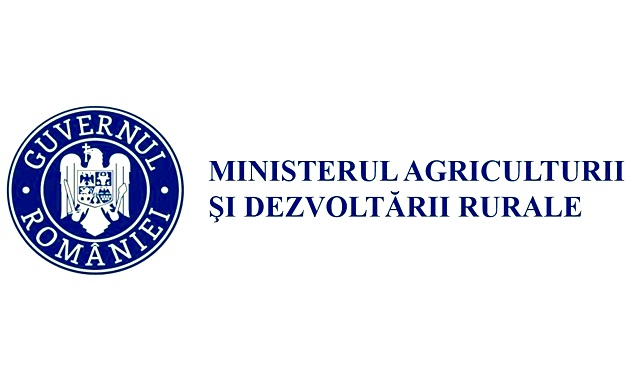
Given the emergence of information in the public space regarding the environmental impact of hail suppression technology through rocket methods, the Ministry of Agriculture and Rural Development (MADR) makes the following clarifications:
The operation of the operational infrastructure within SNACP does not lead to an increase in emissions of pollutants into the air, water, or soil, as the technology currently applied in SNACP is non-polluting and complies with Romania's environmental protection options assumed within European policies.
Hail rocket technology used within SNACP has been evaluated from an environmental impact perspective through Environmental Assessments conducted by the University of Bucharest-Faculty of Geography together with the ENVICONS Consulting Research and Consulting Center, SC Electromecanica Ploiești SA, and SC Blumenfield SRL. These assessments have highlighted that Active Atmospheric Interventions (IAA) have no negative effect on environmental components - water, soil, and biodiversity.
For example, the use of 700 rockets/year within a Combat Group covering 170,000 ha results in pollution with solid suspensions of approximately 20.3 g/ha and generates the following pollutants:
- Total aerosols 0.14 g/ha
- Iodine 0.02 g/ha
- AgI 0.05 g/ha
- Hydroiodic acid 0.07 g/ha
- CO2 0.4 g/ha
- HCl 0.1 g/ha
- XNO 0.01 g/ha
These values are orders of magnitude smaller than all other industrial activities and accepted norms (for example, pollution is equivalent to that produced by 6 tractors covering 50,000 km).
Thus, the pollution produced by the use of rockets in hail suppression is minor and has an insignificant impact on the flora, fauna, and population in the area and neighboring regions.
* Nitrogen compounds (equivalent to a Euro 6 fuel car with a mileage of 100,000 km): 174.8 cars.
Environmental impact assessments conducted during the Small-Scale Experimental Program for Increasing Precipitation with Aviation Technology, conducted in 2019, highlighted that biodiversity in monitored areas overlapped with protected natural areas from the Natura 2000 network was not affected.





